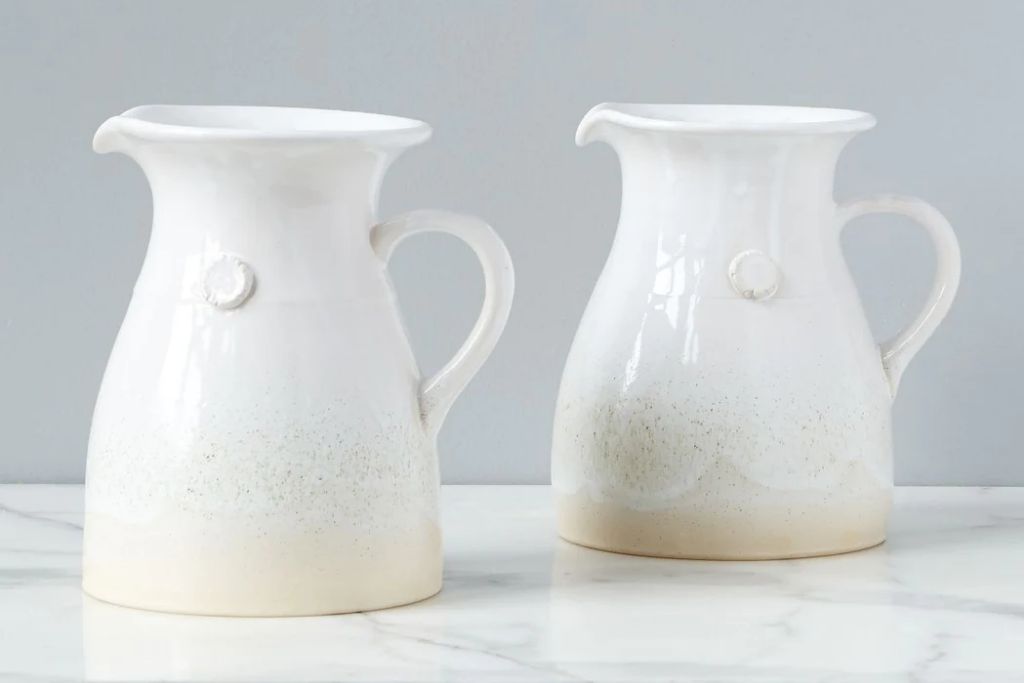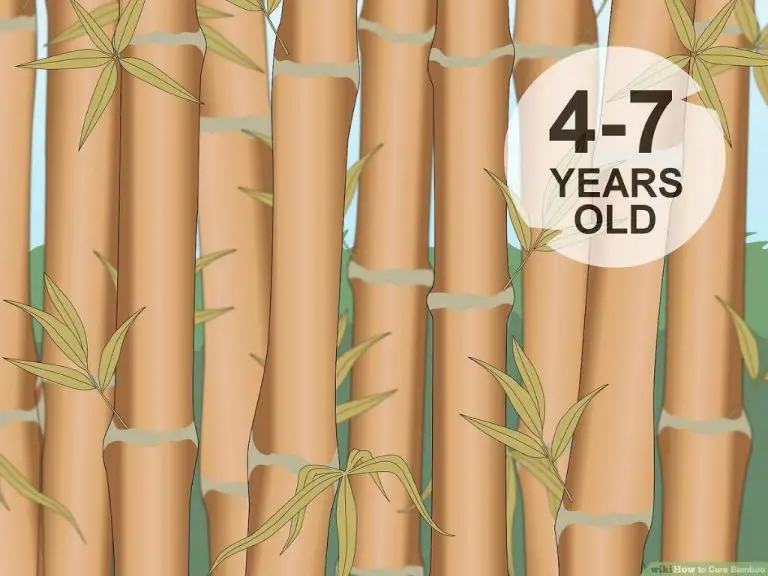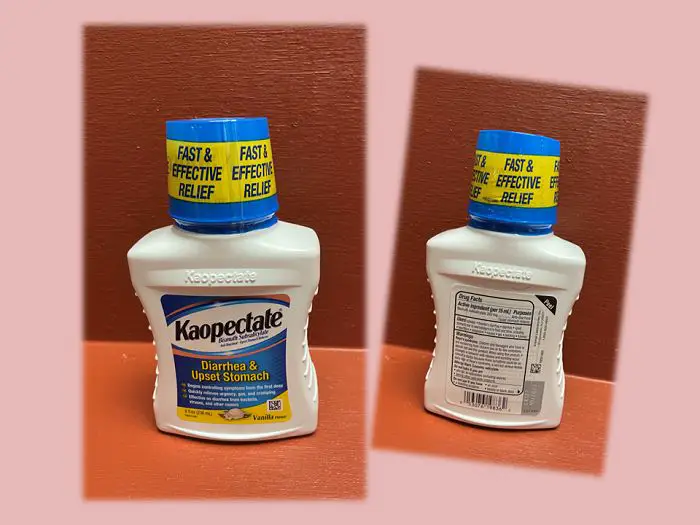What Are The Three Types Of Ceramics And Their Differences?
Ceramics are inorganic, non-metallic materials that are essential in our everyday lives. They are used to make pottery, tiles, bricks, and a wide range of industrial products. There are three main types of ceramics: earthenware, stoneware, and porcelain. While they share some common properties, their differences in composition, manufacturing process, and characteristics make each type unique. Understanding the distinctions allows us to select the right material for applications ranging from cooking ware to advanced aerospace components. This article provides an overview of the three ceramics types, their production methods, features, uses, and more.
Earthenware
Earthenware is made from clay and fired at relatively low temperatures, typically around 1000–1200°C. The low firing temperature means earthenware remains porous and brittle. Due to the porous nature, earthenware can leak liquids and moisture can pass through it. However, this property makes earthenware suitable for producing pots and vases for plants, as it allows air and water to permeate through. Earthenware also tends to be heavier and thicker than other types of ceramics. Its brittle nature means it chips and cracks easily, so it requires careful handling.
Earthenware is one of the oldest types of ceramics, dating back thousands of years. It was widely used for pottery and utensils before higher firing temperature ceramics were developed. These days, earthenware has decorative and artistic uses including pottery, sculptures and tiles. Key properties are its porous nature and low firing temperature compared to other ceramics.
Stoneware
Stoneware is a type of ceramic made from clay that is fired at high temperatures between 1,100°C and 1,300°C. Unlike earthenware which is fired at lower temperatures, stoneware is less porous and more durable
[1]. The higher firing temperatures cause the clay to vitrify, resulting in a non-porous product that is suitable for items like tableware that need to hold liquids.
Stoneware clays are often mixtures of ball clay, feldspar, and silica. The feldspar acts as a flux to lower the vitrification temperature. During firing, the feldspar partially melts and flows to fill the pores between the clay particles. This makes the material denser and reduces permeability.
Common uses for stoneware include ovenware, food storage containers, crockery and ceramic pipes. It is resistant to thermal shock while still being practically impermeable to water. The non-porous nature allows it be decorated brightly since the surface glazes will not soak into the body. Compared to porcelain, stoneware is heavier, opaque, and subject to thermal stress and distortion.
Porcelain
Porcelain ceramics are made from clay, kaolin and quartz which are fired at high temperatures between 1,200 and 1,400 °C (1). This results in a non-porous, vitrified ceramic that is extremely hard and durable. The high firing temperature causes the clay particles to fuse together, creating a dense material that is impermeable to water and resistant to scratches and stains (2). When compared to other ceramic types, porcelain stands out for its high strength, low porosity, bright white color and translucency. These properties make porcelain suitable for a wide range of applications including tableware, sanitaryware, electrical insulators and dental restorations.
(1) https://www.sciencedirect.com/science/article/pii/S0272884211000721
(2) https://academic.oup.com/rpd/article-abstract/65/1-4/369/1605506
Manufacturing
The manufacturing process for earthenware, stoneware, and porcelain involves shaping the clay and then firing it in a kiln. However, the composition of the clays and the firing temperatures differ for each ceramic type.
Earthenware is made from lower quality clay that contains impurities. It is fired at lower temperatures, typically between 1000-1100°C. The manufacturing process is simple and earthenware can be shaped by hand or using basic pottery wheels.
Stoneware uses higher quality clay that is denser and less porous. It is fired around 1200-1300°C which vitrifies the clay, making it impermeable to liquids. Stoneware requires a potter’s wheel and benefits from a two-stage firing process for increased durability.
Porcelain uses the highest-grade white clay that is finely filtered and purified. It is fired between 1200-1400°C to fully vitrify the clay. Porcelain requires extensive processing to create extremely thin walls and smooth surfaces. The high firing temperature makes it highly impervious and durable. https://nomliving.com/blogs/thingswedo/pottery-and-ceramics-a-brief-explanation
Applications
The different properties of earthenware, stoneware, and porcelain make them suitable for various applications:
Earthenware is highly porous and brittle. It can’t hold liquid very well and cracks easily. As a result, earthenware is typically used for decorative objects, flower pots, and other non-functional items.
Stoneware is denser and more durable than earthenware due to higher firing temperatures. It is semi-vitreous, meaning partially glassy, so stoneware doesn’t absorb liquid easily but can still crack under thermal shock. Common uses for stoneware include oven-safe dishes, crocks, jugs, and vases.

Porcelain is non-porous, hard, and highly resistant to thermal shock, acids, and stains. This makes it ideal for tableware, sanitaryware, electrical insulators, and other items requiring durability. Porcelain’s white color and translucency are also aesthetically pleasing for decorative objects like figurines.
In summary, earthenware suits decorative roles, stoneware is useful for functional ceramics needing some toughness, and porcelain excels when impermeability, chip-resistance, and purity of color are priorities.
Decorating
The three types of ceramics—earthenware, stoneware and porcelain—each have their own unique decorating methods and finishes. Here’s an overview:
Earthenware is the most porous of the three ceramic types. It accepts a wide range of decorative techniques like slip trailing, sgraffito, stamping, sponging and incising. Glazes with lower temperatures are used on earthenware to maintain the pottery’s stability. Popular earthenware glaze finishes include satin, matte and high gloss.
Stoneware has moderate porosity and can be decorated using techniques like sprigging, carving, faceting, etching and slip inlay. Stoneware glazes require higher kiln temperatures and often have glossy finishes in rich saturated colors. Specialty glazes like salt and raku can also be used on stoneware.
Porcelain has a glassy surface that accepts specialized decorating methods like screen printing, decals, luster and colored clays. The glazes used on porcelain are formulated to have a glass-like transparency and brilliance. Gold leafing and gilding are common ways to highlight porcelain’s pristine white surface.
Cost
The three types of ceramics vary in cost due to differences in manufacturing processes and materials:
Earthenware is generally the least expensive type of ceramic. It is made from more readily available clays and fired at lower temperatures than stoneware or porcelain. Simple earthenware pieces can be quite affordable.
Stoneware falls in the middle of the price range. It requires specialized clays and higher firing temperatures than earthenware. Stoneware is more durable than earthenware so it commands a higher price, but is still typically cheaper than porcelain.
Porcelain is usually the most expensive type of ceramic. It is made from specialized clays and minerals and requires very high firing temperatures. The sophisticated manufacturing process makes porcelain costlier to produce. Fine porcelain art pieces and dinnerware can be quite pricey.
In summary, earthenware tends to be the most economical, stoneware is moderately priced, and porcelain is generally the most expensive of the three types of ceramics.
Sustainability
When discussing environmental factors and sustainability of each type of ceramic, there are a few key differences to consider:
Earthenware tends to be the most environmentally friendly option. According to Earthenware vs. Stoneware vs. Porcelain, earthenware is fired at lower temperatures which requires less energy. It’s also made from more natural clay materials. However, earthenware is more porous and therefore may not last as long before needing to be replaced.
Stoneware requires higher firing temperatures than earthenware, so it uses more energy in production. But it also lasts longer due to being less porous. According to A Beginner’s Guide to Ceramics, stoneware falls in the middle on the sustainability spectrum – not as eco-friendly as earthenware but more so than porcelain.
Porcelain requires the highest firing temperatures, thus using the most energy in manufacturing. It also often contains kaolin clay that must be mined. However, porcelain is extremely durable and long-lasting if cared for properly. So in terms of lifetime use it can be a sustainable option according to source [cite source here].
Conclusion
In summary, the three main types of ceramics have distinct properties and uses. Earthenware is porous, permeable to water, made at lower temperatures, and suitable for everyday pottery items. Stoneware is denser, less porous, vitreous and non-absorbent, made at higher temperatures, and ideal for cookware and food storage. Porcelain is extremely hard, vitreous, glasslike, translucent, made at the highest temperatures, and commonly used for tableware, electrical and technical ceramics.
When choosing a ceramic, consider the aesthetics, intended use, how often it will be used, if it will hold liquids, durability needs, and firing temperature. Earthenware works for decorative pieces used infrequently. Stoneware is better for frequent use and items holding liquids. Porcelain is best for translucent fine china dinnerware and technical applications requiring high strength. Evaluate your priorities to select the optimal ceramic material for the product.


